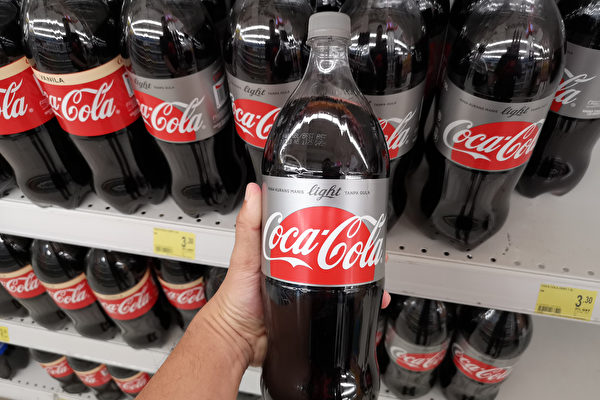Coca-Cola, a well-known beverage company, raised its annual sales and profit expectations on Tuesday. Despite implementing a series of price adjustments, the company’s products such as soda, energy drinks, and juices continue to see growing demand from consumers in international markets.
In the second quarter, Coca-Cola’s net revenue increased by 2.9% to $12.31 billion, surpassing the London Stock Exchange Group’s expected $11.76 billion. Adjusted earnings per share were 84 cents, higher than the expected 81 cents, indicating a positive financial performance.
The company forecasts a 9% to 10% organic sales growth for the 2024 fiscal year, up from the previous expectation of 8% to 9%. Annual adjusted profits are projected to rise by 5% to 6%, an increase from the previous forecast of 4% to 5%.
Following the unexpected growth in earnings in the second quarter, Coca-Cola’s stock rose nearly 1% in pre-market trading on Tuesday.
Coca-Cola attributed its success in the second quarter to a 9% increase in average selling prices, coupled with a 2% growth in unit case volume, particularly driven by its performance in international markets. This performance indicator excludes the impact of price and currency fluctuations, reflecting genuine market demand.
To sustain revenue growth, Coca-Cola is actively expanding in emerging markets in Asia and Europe, offering affordable options such as 12-ounce slim cans and a greater variety of beverages, including Coke Spiced, to cater to various price points in the market.
The company reported a 3% increase in global sales for its carbonated soft drinks business, including flagship product Coca-Cola, driven by strong demand in the Asia-Pacific region and Latin America. Sales for the juice, dairy, and plant-based beverages segment grew by 2%. However, the sales for the water, sports drinks, coffee, and tea division remained flat due to a decline in bottled water demand and reduced sales of Costa coffee in the UK.
In North America, Coca-Cola experienced a 1% decline in sales for the quarter. The decrease in sales in the region was attributed to lower sales of water, sports drinks, coffee, tea, flagship Coca-Cola products, and other soda brands, offsetting the growth in juice, dairy, and plant-based drink sales. Coca-Cola’s main competitor, PepsiCo, reported a decrease in consumer spending in the United States, impacting the demand for its beverages and snacks.
PepsiCo CEO Ramon Laguarta told Reuters reporters in July that consumers across different income levels are currently feeling the pinch, with increased sensitivity to prices.
“Coca-Cola has shown outstanding performance during consumer cautiousness towards product prices,” remarked Danni Hewson, Financial Analyst Director at AJ Bell. “Maintaining satisfaction among existing customers gives Coca-Cola the opportunity to attract new customers in the face of competitors like PepsiCo.”

